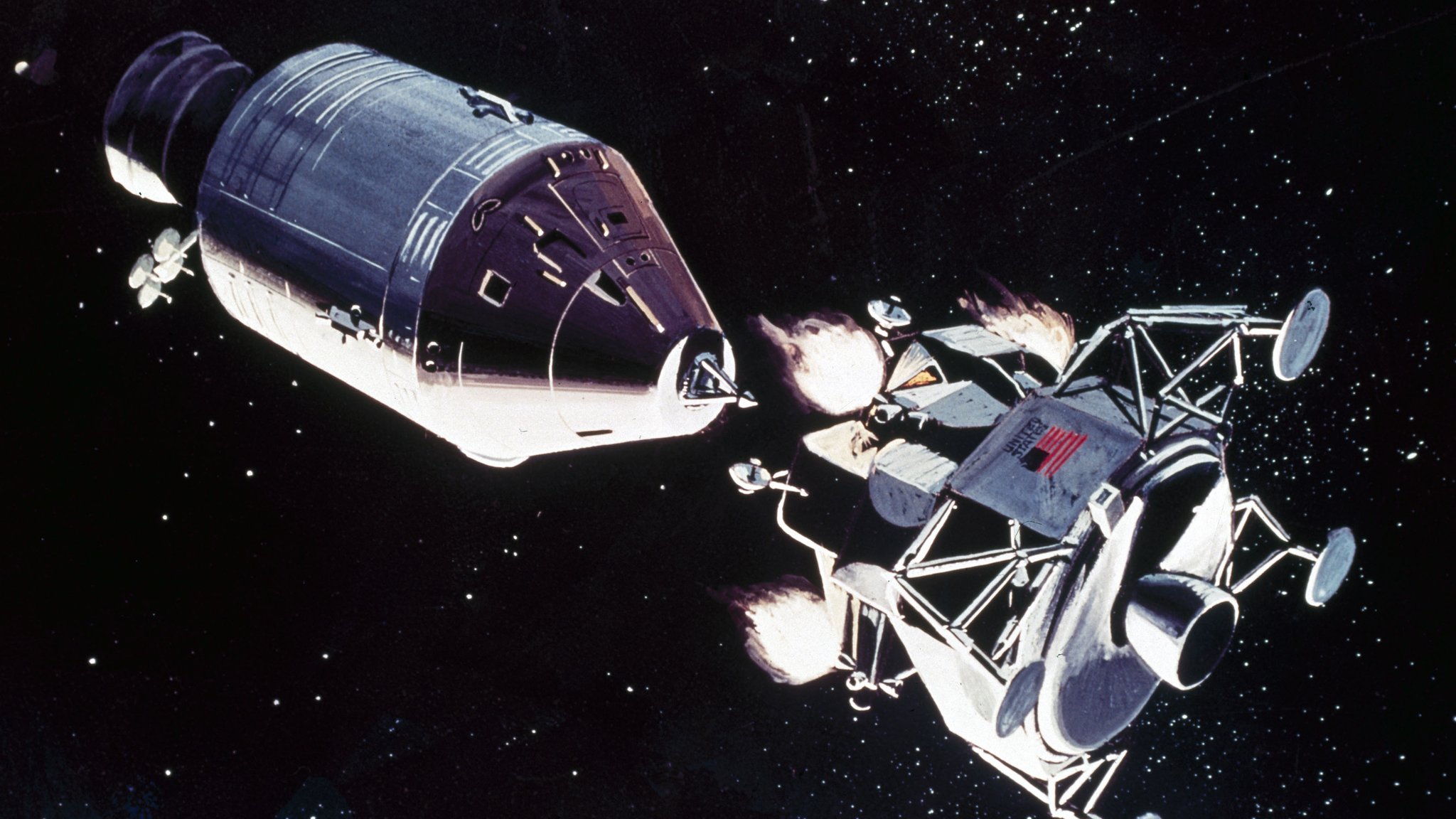
#Facts about the first man on the moon full
People experience better sleep during the new moon and worse sleep during a full moon, a study found. If there are two full moons in the same month, the second one is called blue moon. The beautiful symmetry of a total solar eclipse happens because -by pure chance- the sun is 400 times larger than the moon, but is also 400 times farther from Earth, making the two bodies appear the exact same size in the sky.
#Facts about the first man on the moon movie
Although the book covers Armstrong’s full life, the movie for quite practical reasons treats only 1961 to 1969. Mankind may once again walk on the moon in 2019, if all goes according to plan. First Man does take a few liberties with the facts, but they are mostly done to make the events of the program more comprehensible to the non-expert, or to advance the film’s interpretation of Armstrong’s character. NASA plans to return astronauts to the moon to set up a permanent space station. The American flags placed on the moon are now white due to radiation from the sun. Moon landing conspiracy theories were proven wrong in 2011 when a NASA probe revealed high-resolution photos of the Apollo Moon landing sites.Ī 2013 survey found 7% of Americans believe the moon landing was a hoax. When Neil Armstrong and Buzz Aldrin landed on the Moon, they honored soviet cosmonaut Yuri Gagarin by leaving behind one of his medals. Your mobile phone has more computing power than the computers used for the Apollo 11 moon landing. The original tapes of the Apollo 11 moon landing were erased and re-used by mistake. No man has been on the Moon in the last 41 years. The dark side of the Moon is actually turquoise. The Earth, seen from the moon, also goes through phases. If the Earth didn’t have the moon, our days would only be 6 hours long.


Your weight on the moon is 16.5% of your weight on Earth. Mons Huygens is the tallest mountain on the Moon, it is 4700 meters tall, just over half the height of Mt Everest. The moon’s heavily cratered surface is the result of intense pummeling by space rocks between 4.1 billion and 3.8 billion years ago. The average surface temperature of the Moon is 107 degrees Celsius (224 ☏) during the day and -153 degrees Celsius (-243 ☏) at night.Ī full day on the moon, from one sunrise to the next, lasts about 29.5 Earth days on average. Buzz Aldrin is best known as the second man to walk on the moon, but the West Point graduate, Air Force pilot, and MIT-trained engineer has had an incredible life beyond the Apollo 11 mission.Here. Moon is always faced with the same side to the Earth, as both of them are moving synchronically. The Moon is very hot during the day but very cold at night. Moon is widely known as the only satellite for Earth, and it is quite old - 4.6 billion years. However, since the rotational period is exactly the same as the orbital period, the same portion of the Moon’s sphere is always facing the Earth. If the Moon didn’t spin at all, then eventually it would show its far side to the Earth while moving around our planet in orbit. The Earth’s tides are largely caused by the gravitational pull of the Moon. The moon was created when a rock the size of Mars slammed into Earth, shortly after the solar system began forming about 4.5 billion years ago, according to the leading theory. The first unmanned mission to the Moon was in 1959 by the Soviet Lunar Program with the first manned landing being Apollo 11 in 1969. The Moon is in synchronous rotation with Earth meaning the same side is always facing the Earth. The average distance from the Moon to the Earth is 384,403 kilometres (238,857 miles). They collected hundreds of pounds of lunar soil and rock samples, conducted experiments and installed equipment for follow-up measurements.The Moon (or Luna) is the Earth’s only natural satellite and was formed 4.6 billion years ago around some 30–50 million years after the formation of the solar system. On July 20, 1969, NASA astronauts Neil Armstrong and Buzz Aldrin were the first people to set foot on the dusty surface of the Moon. The Moon is the only other planetary body that humans have visited. For example, NASA's Lunar Reconnaissance Orbiter has been circling the Moon and sending back measurements since 2009. Today, we study the Moon using telescopes and spacecraft.

Later, people used their observations of the Moon to create calendars. How do we study the Moon?Įven thousands of years ago, humans drew pictures to track the changes of the Moon. The impact sent chunks of Earth and the impactor into space that were pulled together by gravity, creating the Moon. Scientists believe that the Moon formed early in the solar system’s history after Earth and an object about the size of Mars smashed into each other. Credit: NASA/Goddard Space Flight Center/Arizona State University How did the Moon form? This image is based on data from NASA’s Lunar Reconnaissance Orbiter spacecraft.

Notice how few dark areas the far side has. The "far side" of the Moon looks very different than the near side (see the first photo in this article).


 0 kommentar(er)
0 kommentar(er)
